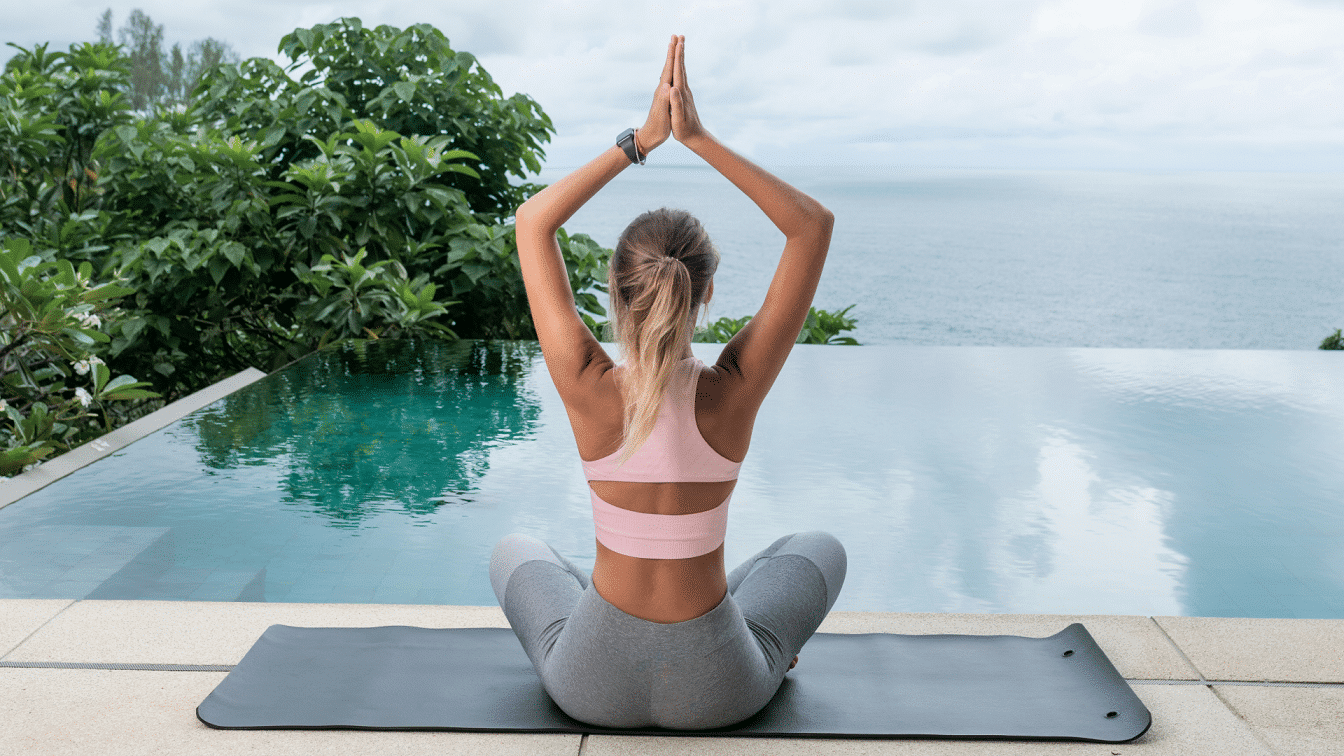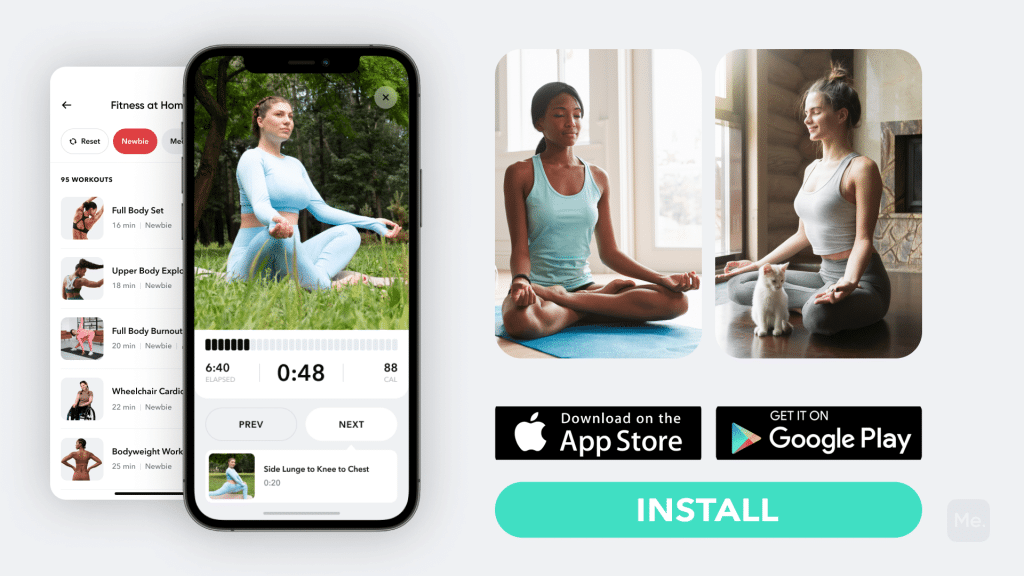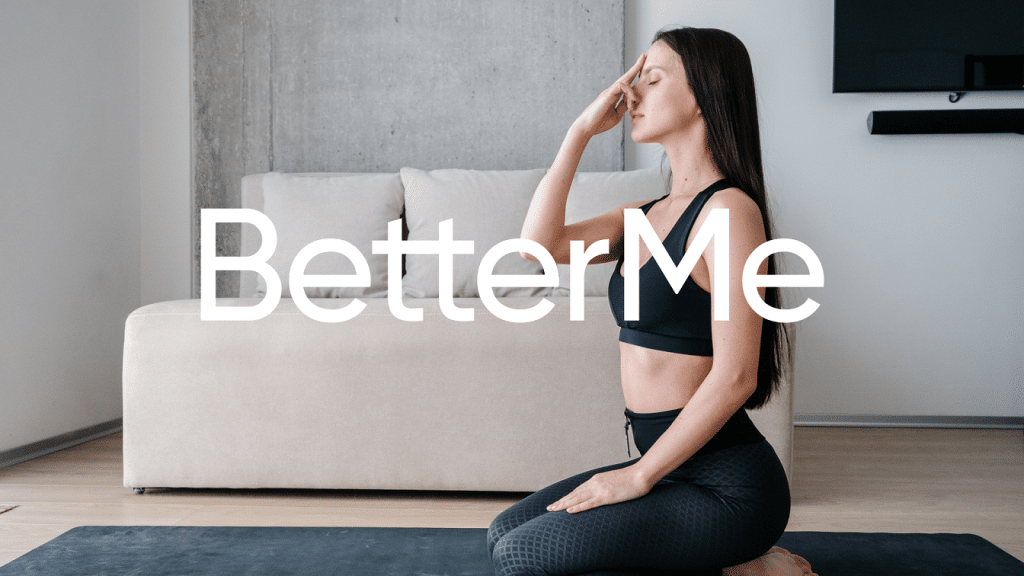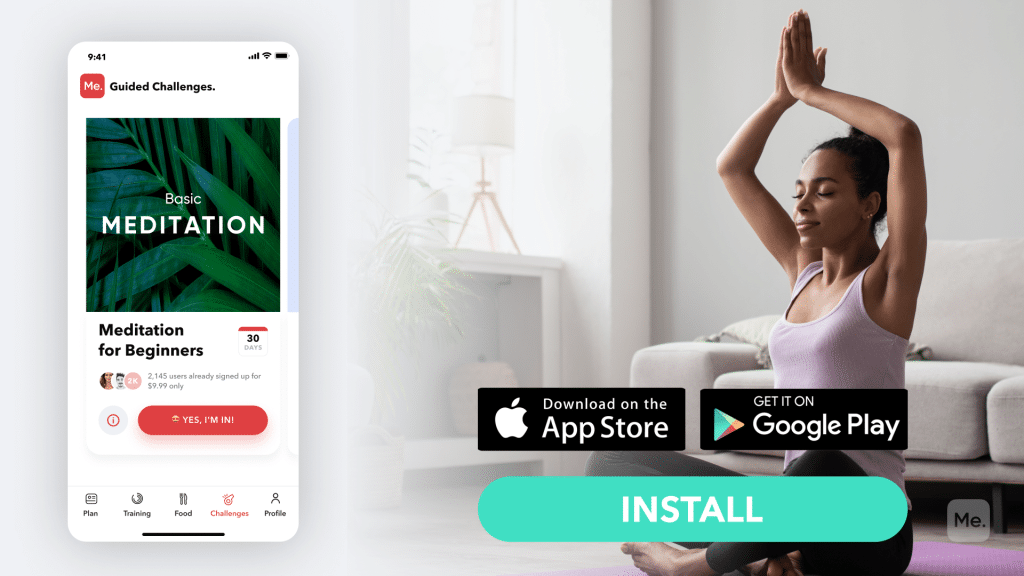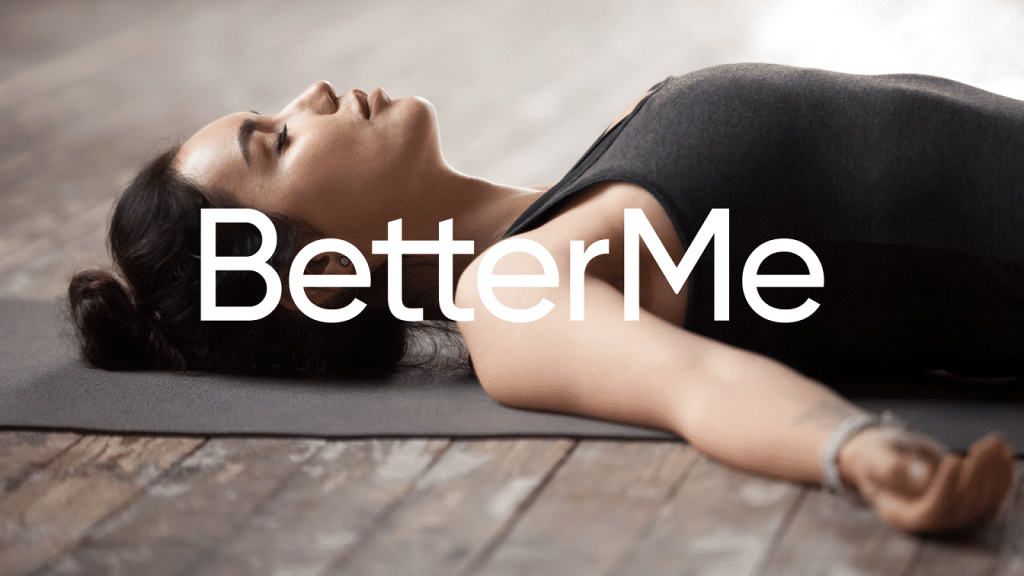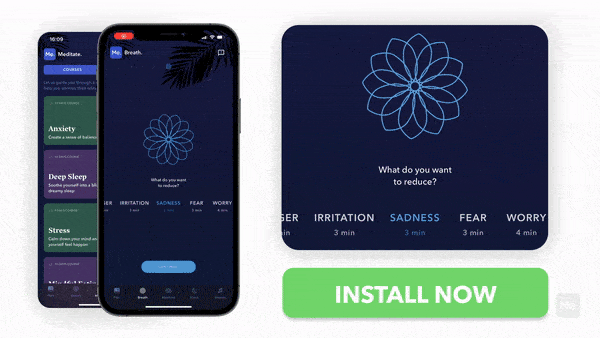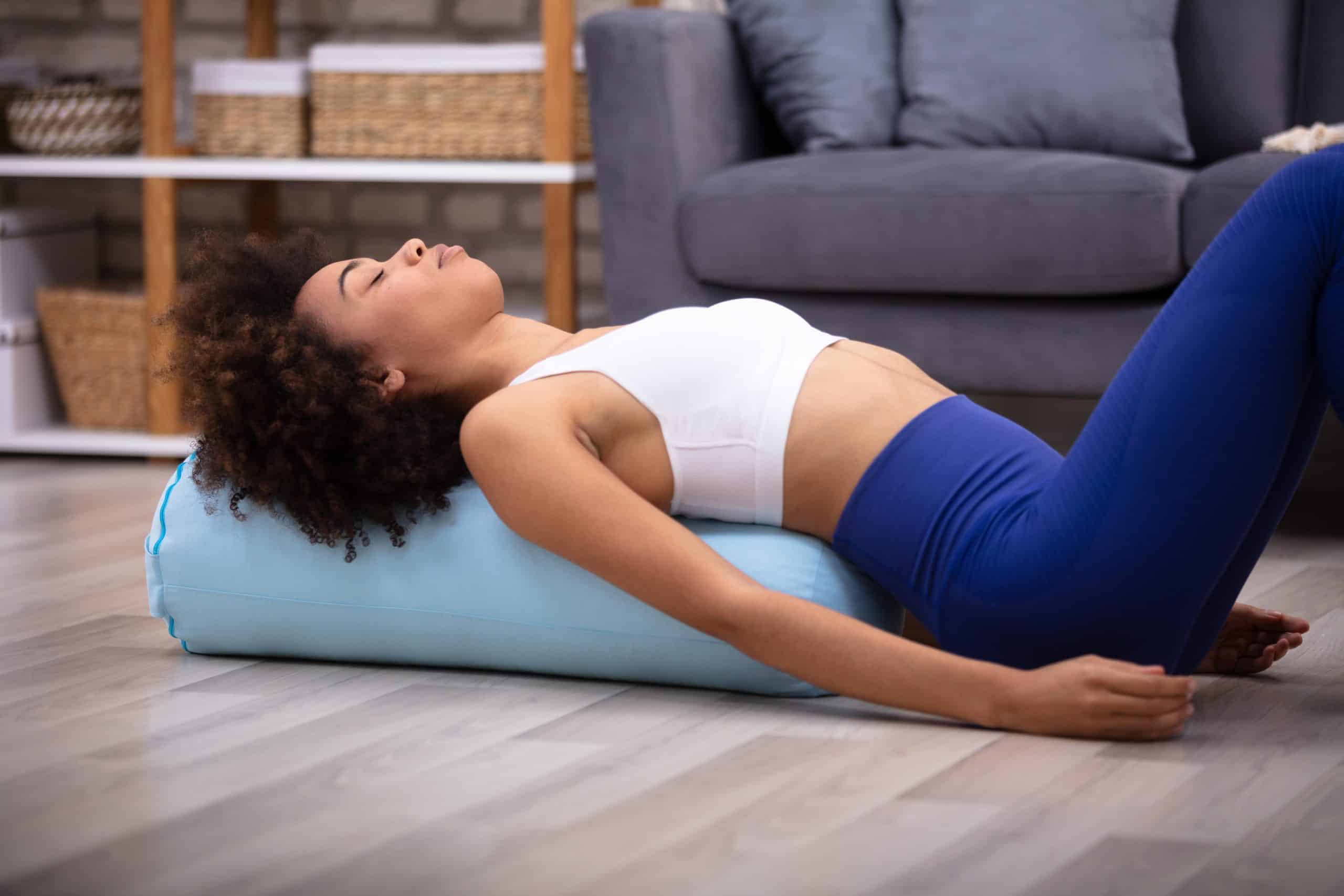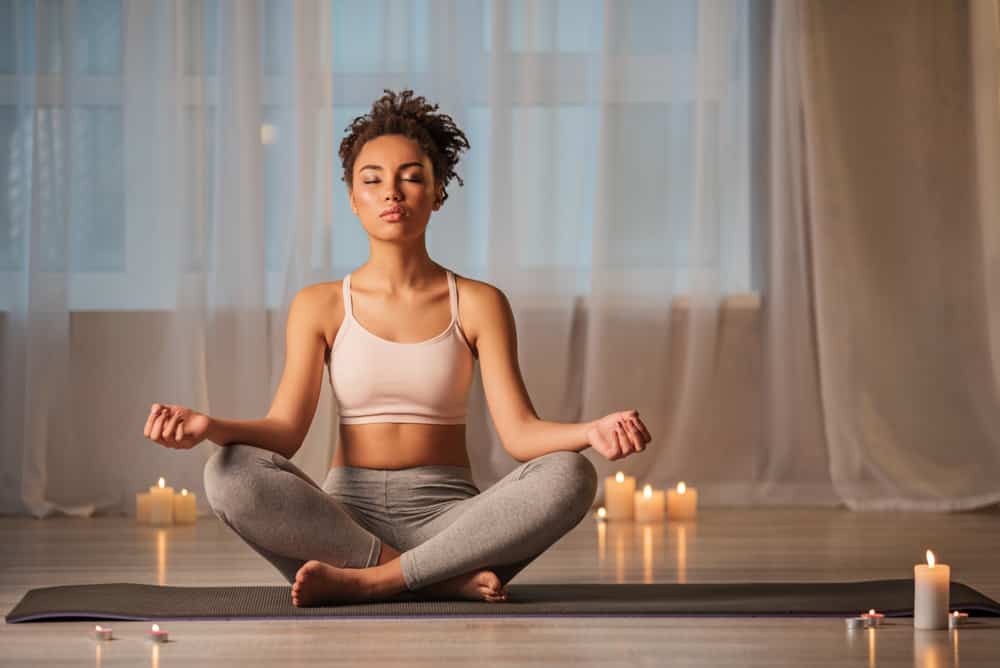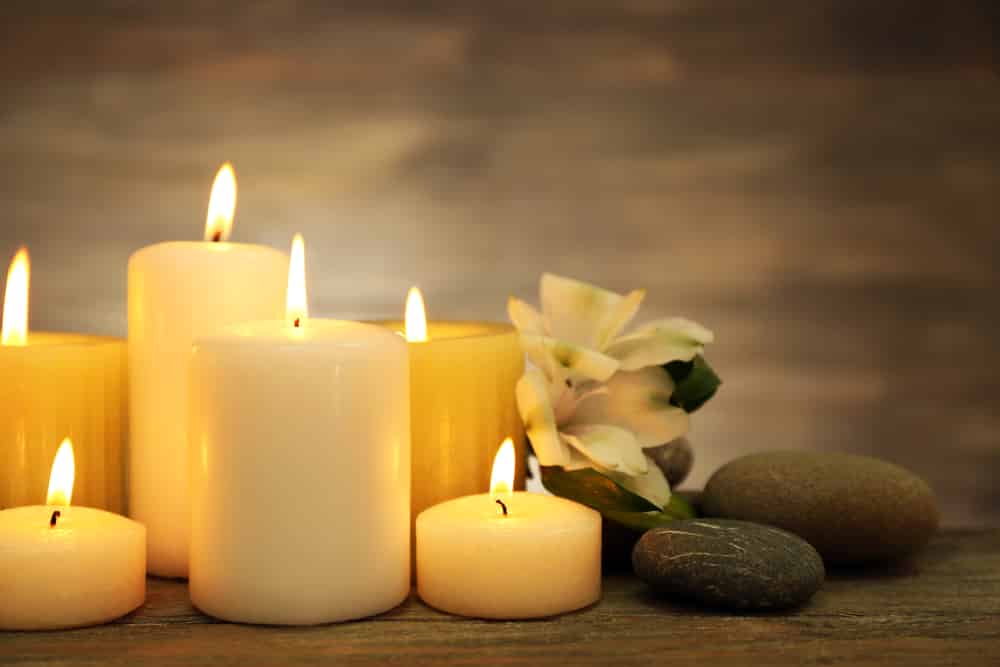Since the very instant you were born and up to your last moment you are breathing. You can hold your breath, but you can’t stop breathing completely without wreaking havoc on your whole body. When you are scared or perform an increased amount of physical activity you breathe faster, and whenever you are relaxed or asleep your breathing slows. You may have never paid attention to how exactly you do it, and there may even have been some moments in your life when you forgot how to do it for a couple of seconds. But there is one activity during which you actually need to concentrate on how you breathe, and it is not what you do when you swim. Read this article to find out about meditation breathing techniques.
If you are familiar with yoga practices, you may already know that proper meditation breathing techniques are highly important for the synchronization of your body and mind. When you meditate, the first and mostly only thing on which you should concentrate is your breath. And without the mastery of the proper breathing techniques for meditation, your practices will not have the desired and fully potent results. That is why, no matter whether you just want to start doing yoga, are just interested in meditation or suffer from panic and anxiety attacks, you have to learn how to breathe properly.
Breathing Meditation Techniques For Beginners
You don’t have to be a yoga guru or a Buddhist monk to enjoy meditating. The practice of meditation is extremely beneficial and may not only make you feel calm and relaxed, but also improve your health (7). Studies show that it may decrease fatigue, promote stress management (8), promote heart health (4), reduce hypertension and improve the relief of migraine symptoms. And as it doesn’t require any additional equipment or skills, it can be done anywhere, at any time, for any desired amount of time and by anyone. If you are new to meditation, it may be a bit difficult for you to dive right into a state of meditative relaxation right away. But fear not, in this article you will find out all you need know to start meditating, choose the best meditation posture, and learn the proper meditation breathing techniques.
Read More: Meditation Thoughts: Bring Your Mind To A Point Of Stillness And Clarity
How To Choose The Right Posture?
The first thing that bothers all the beginners is how to sit properly. Body posture and breathing meditation techniques are interconnected and isolated at the same time. Before learning how to breathe properly, you need to choose the right posture. If you are not in a comfortable position your mind won’t be able to relax completely, as you will unconsciously think about how uncomfortable this position is and how you wish this was over soon. This is why before starting to practice your meditation breathing techniques, you will need to figure out which pose is the most comfortable for you.
There are no restrictions on what pose you should take to meditate as long as you do it for yourself, and your comfort and relaxation is your number one priority. There are various positions which are very common for meditation, so you can try them all, then decide which one is the best for you and use that one to continue meditating regularly. To understand if the pose works for you, close your eyes and slowly breathe in. Hold your breath for a couple of seconds and then breathe out slowly. Repeat it 4-5 times. If you feel completely relaxed and nothing bothers you, this position is the best one for you. With this in mind, here are some of the meditation positions one can try out:
Running a never-ending rat race, shoving trauma further and further away, falling into self-harming thought patterns, living life that’s eclipsed by constant anxiety and fear – this is what an average person goes through every day. Nor addressing it will only pull you deeper into a downward spiral. BetterMe: Meditation & Sleep app will help you gain a new perspective on life and help you regain that long-lost internal balance!
1. Sitting Meditation
This one is pretty simple. Sit in the chair or on the couch and rest your hands either on the sides or on your lap. Place your feet on the floor shoulder-width apart. Slowly breathe in and out.
2. Kneeling Meditation
You may not be a fan of this variant if you have weak or injured knees, but a lot of people find this position very comfortable. Kneel on the floor and sit back on your legs, so that your shins lie flat on the floor, calves touching the back of your thighs, and your buttocks resting on your feet. To reduce the pressure on your knees you can place a cushion between your bottom and ankles.
3. Standing Meditation
Standing meditation may not be the easiest variant for a beginner, as it seems to require more concentration, and doesn’t allow your body to relax fully. To perform this type of meditation all you need to do is to stand straight with your feet shoulder-width apart, and toes pointing slightly outwards. Breathe in, breathe out.
4. Lying Meditation
The easiest and one of the most effective at relaxing your muscles, lying meditation may be the best choice for the beginner. It is as simple as it sounds, all you need to do is to lie down on your back and relax. You can bend your knees so that you can place your feet flat on the ground if you feel like it is more comfortable.
5. Seven-Point Meditation Posture
Probably one of the most famous meditation poses, seven-point meditation posture became a symbol of meditation thanks to the media. Whenever you see a person meditating in movies, tv-series, magazines or on the internet, there is a very high possibility that that person is in the seven-point position. Depending on how flexible you are, you can sit in a quarter, half or full lotus pose, with your knees bent and legs crossed in front of you. Your back should remain as straight as possible. Place your hands on your thighs, palms down, or on your knees, palms facing the ceiling. Your shoulders should be relaxed, drawn a bit back and down. Relax all your face muscles and avoid flexing your jaw or squeezing your eyes.
Proper Meditation Breathing Techniques
There are different meditation breathing techniques of different origins. You can try them all and choose which one you like the best or combine several of them into one meditation session. Regular meditation practice will help you clear your mind from harmful thoughts, reduce stress levels and improve your overall wellness. Here are some of the most common breathing techniques for you to incorporate into your routine:
-
Breathing By Itself
This meditative practice, shamatha, has a Buddhist origin and means calmness of mind. It focuses on breathing, and often plays the part of the reset breath, meaning that it brings you back to the present and makes you realize that you are alive, you are here and now. This meditation breathing technique is often a part of mindful meditation practices. Research shows that regular use of shamatha may improve the sustained attention and alter the age-related cognitive decline (2). This breathing technique is a wonderful place to begin for beginners, as it introduces one to the world of meditation where you can gain more familiarity with yourself and your inner nature.
To sink into the meditative state through the use of this technique you need to get into a comfortable position. Relax. If you are standing or sitting, feel the weight of your body through your feet to the floor or the seat. Straighten your back. Don’t allow your eyes to wander around, rather choose a point in front of you and keep looking at it. Fixate your gaze, but don’t use effort to focus on that point. You will know that you are doing this correctly if you find that you are not straining your eyes.
While maintaining your gaze, listen to your breath. You should want to feel how with each inhale your lungs fill with air and your belly rises, and how with each exhale the air flows out of your lungs and your belly falls. You can imagine that you are a musician and your breathing movement is a metronome. If in case your thinking shifts to something else, come back to your breathing once again.
-
Alternate Nostril Yoga Breathing
This technique comes from Hinduism and belongs to the yoga meditation breathing techniques. Its basis is on controlled breathing with a focus on your body and its internal balance. Alternate nostril yoga breathing (ANYB) is governed by inhaling through one nostril while closing the other nostril,, in order to create a pattern of alternate breathing and airflow. Research suggests that this meditation breathing technique may reduce blood pressure and increase alertness (1).
It revealed that 18 minutes of practicing ANYB significantly decreased the blood pressure in the participants, and they were able to perform a task of vigilance better than the control group. Another study on forced alternate nostril breathing showed a balancing effect on the functioning of the left and right hemispheres of the brain (3).
To perform the alternate nostril yoga breathing, sit in a comfortable position and place your left hand on your knee, palm facing the ceiling. Gently but tightly close your right nostril with your right thumb so that no air could go in or out of it, yet this posture does not bring you any discomfort. Now breathe in slowly through your left nostril, and once you feel that your lungs are filled with air, close that nostril with the index finger of your right hand.
Continue holding both nostrils as you hold your breath for a couple of seconds and then release your thumb only and breathe out through the right nostril. Now switch hands, resting your right hand on your knee and closing your left nostril with your left thumb, repeating the complete sequence of actions. Continue the alternate switching of nostrils and repeat the breathing 5-10 times for each. Practicing alternate nostril breathing for 15-18 minutes is ideal.
Read More: Analytical Meditation: Taking A Different Approach To Your Thought Process
-
Diaphragm Breathing
The diaphragm breathing involves moving energy within your body, using breathing techniques. The diaphragm is situated at the place just below the bottom of your lungs and plays a prominent role in your breathing processes. Learning how to breathe with your diaphragm helps you to strengthen and use it correctly. Diaphragm breathing will help you inhale more air each time and decrease your overall oxygen demand. This technique is especially beneficial for people who suffer from a chronic obstructive pulmonary disease, as it may help to ease shortness of breath and improve the amount of air exiting the lungs.
To perform a diaphragm breathing, lie down and put your right hand on your upper chest, while the other one rests on your stomach, below ribs. Slowly inhale through your nose and feel how your stomach raises your hand. Try to keep your right hand as still as you can. Make sure to inhale deeply, filling your lungs with the maximum amount of air, instead of taking the small breaths that only fill the chest. Perform this meditation breathing technique 3-4 times a day, for a duration of 5-10 minutes each.
BetterMe: Meditation & Sleep app can help you transmute stress into serenity, pull you up from the doldrums, free your mind from the cares and worries of the world, quell racing thoughts and infuse you with tranquility! Start using it now and change your life!
Meditation Breathing Techniques To Help You Fight Anxiety
One of the most effective ways of instantly fighting off anxiety is to perform a meditation breathing technique (9). Whenever you feel like you are having a panic attack, suffering from any social anxiety symptoms (10), or finding it difficult to fall asleep, use the 4-7-8 breathing technique to relax and bring peace to your mind. It is believed that this technique will help you get to sleep, manage cravings, and reduce anxiety and anger responses. To perform this breathing technique, you should do the following (6):
- Get into a comfortable meditation position.
- Place the tip of your tongue on the area of your gums right behind your top front teeth.
- Exhale completely, so that there is no more air in your lungs.
- Slowly breathe in through your nose for 4 seconds.
- Hold your breath for 7 seconds.
- Slowly breathe out through the mouth, relaxing your lips, for 8 seconds.
- Repeat 3-4 times.
It is recommended for one to perform this technique not more than 4 times at first, as it may cause you to feel lightheaded and dizzy. Repeat the 4-7-8 meditation breathing technique twice a day, to enjoy better results. You may modify this breathing pattern as long as the ratio remains the same. If you feel like it is difficult to hold your breath for so long, you may try inhaling through your nose for two seconds, then holding that breath for three and a half seconds, and then breathing out through your mouth for four seconds. Use this technique consistently and you will be able to notice its positive effect. The longer and more frequently you use it, the better the result for you.
Conclusion
Nowadays more and more people find it difficult to relax and get rid of the haunting thoughts. Stress occupies the lives of millions of people and keeps them hostage to their own problems and worries. Constantly being under stress leads to a lot of detrimental mental and physical conditions (5). This is why it is important to learn how to relax and reduce stress. One of the effective ways to manage stress is meditation. For one to be able to obtain the desired results, one needs to learn the proper meditation breathing techniques.
First, choose the most comfortable position. You can sit in a chair, stand upright, go down on your knees, lie on your back, or even sit in a popular lotus pose. You just need to remember that you are doing it for yourself. So, it’s your comfort that is the most important. From here, you may try any one of the above-listed techniques. They all are effective at making you relaxed and reducing your stress levels. You can combine your meditation with yoga practices to improve both the state of your mind and your body. Perform the meditation practices regularly to achieve best results and experience their benefits to the full.
DISCLAIMER:
This article is intended for general informational purposes only and does not address individual circumstances. It is not a substitute for professional advice or help and should not be relied on to make decisions of any kind. Any action you take upon the information presented in this article is strictly at your own risk and responsibility!
SOURCES:
- Alternate-Nostril Yoga Breathing Reduced Blood Pressure While Increasing Performance in a Vigilance Test (2017, ncbi.nlm.nih.gov)
- Cognitive Aging and Long-Term Maintenance of Attentional Improvements Following Meditation Training (2018, researchgate.net)
- EEG changes during forced alternate nostril breathing (1994, sciencedirect.com)
- Effect of Short-Term Practice of Pranayamic Breathing Exercises on Cognition, Anxiety, General Well Being and Heart Rate Variability (2013, pubmed.ncbi.nlm.nih.gov)
- How Stress Affects Your Health (2018, webmd.com)
- How to use 4-7-8 breathing for anxiety (2019, medicalnewstoday.com)
- Stress management techniques: evidence-based procedures that reduce stress and promote health (2011, semanticscholar.org)
- Stress symptoms: Effects on your body and behavior (2019, mayoclinic.org)
- What to know about anxiety (2020, medicalnewstoday.com)
- What’s to know about social anxiety disorder? (2018, medicalnewstoday.com)
